2 Major Taboos of Lithium Battery Charging That 95% of Users Ignore
Introduction: Why Proper Lithium Battery Charging Matters
Lithium battery is the core power source of modern electronic devices, powering everything from smartphones and laptops to electric cars and golf carts. However, improper charging behavior not only accelerates battery capacity decay, but also may cause safety hazards such as thermal runaway or fire.
Although lithium batteries have been deeply integrated into daily life, most users still unconsciously repeat operations that damage battery health. This article will focus on two commonly overlooked charging misunderstandings - these behaviors are reducing battery cycle life by an average of 30% per year. By optimizing charging strategies, not only can the endurance of devices be extended, but also a safe and reliable energy use system can be built.
Taboo 1: Charging the Battery to 100% and Keeping It Plugged In
Misunderstandings About Storing Lithium Batteries At Full Charge:
-
Storing at full charge is better
Storing lithium-ion batteries at full charge for a long time will significantly accelerate the chemical aging process of the battery, resulting in a faster rate of capacity decay.
-
It is safer not to unplug the charger after full charge
Continuously connecting the charger will keep the lithium-ion battery in a floating charge voltage state for a long time, resulting in increased decomposition of the internal electrolyte, causing the risk of thermal runaway, and accelerating the chemical aging process of the battery.
-
It is better to charge 100% every time
For lithium-ion batteries, frequent full charge cycles are not necessary. Maintaining the state of charge (SOC) in the range of 20%-80% can significantly reduce the stress accumulation of electrode materials.
-
Full charge will not affect battery health
Continuous high voltage will accelerate the degradation of electrode materials and reduce the capacity retention rate of the battery.
-
Storing at full charge will not affect safety
Being in a fully charged state for a long time may cause lithium plating, increasing the risk of short circuit, bulging or thermal runaway.
Scientific Explanation
The working principle of lithium-ion batteries is to achieve charge and discharge through the reversible movement of lithium ions between positive and negative electrode materials. When the battery is kept at full charge for a long time, excessive voltage will aggravate the chemical aging of the electrode material, resulting in a faster rate of capacity decay. Research data shows that controlling the charge amount in the range of 20%-80% can extend the battery life by more than 50%. The core mechanism is to reduce the damage of high voltage to the electrode structure and inhibit the occurrence of electrolyte side reactions.
Best Practices to Avoid Overcharging
To prolong battery life, follow these best practices:
- Unplug your device once it reaches 80–90% charge instead of waiting for 100%.
- Use smart chargers or battery management systems that prevent overcharging.
- Enable battery optimization features available in many modern devices.
- Charge your battery in short bursts rather than keeping it plugged in overnight.
Taboo 2: Letting the Battery Drain to 0% Before Charging
Why Deep Discharges Harm the Battery
Some users believe that fully depleting the battery before recharging improves performance. In reality, deep discharges cause significant harm. Here’s why:
- Each complete discharge cycle shortens battery lifespan due to increased stress on the cell components.
- Deep discharges lead to voltage drops, which can cause irreversible chemical degradation in the battery.
- Frequent full discharges increase internal resistance, reducing efficiency and overall capacity over time.
How Battery Degradation Works
Lithium-ion batteries are designed for a limited number of charge cycles, typically between 300 to 500 full cycles. A full cycle is defined as using 100% of the battery’s capacity. By keeping the charge between 20% and 80%, users can effectively extend their battery’s lifespan to thousands of smaller partial cycles rather than depleting the battery entirely.
Best Practices to Prevent Deep Discharges
To maintain battery health, follow these charging habits:
- When lithium-ion batteries drop to 20-30%, it is recommended to charge them in time instead of fully discharging them to 0%.
- If the battery is unexpectedly completely drained, charge it within 24 hours to avoid permanent damage to the electrode material.
- You can use battery health monitoring tools or system built-in functions to track charging status in real time and optimize usage habits with intelligent charging strategies.
Additional Tips for Prolonging Lithium Battery Life
Beyond avoiding overcharging and deep discharges, consider these extra precautions to extend battery life:
- Avoid exposing batteries to extreme heat or cold, as temperature fluctuations accelerate degradation.
- Use original chargers and avoid cheap third-party alternatives that may not regulate voltage correctly.
- Store lithium batteries at around 50% charge if they will not be used for an extended period.
Conclusion: Adopt Smarter Charging Habits
By avoiding these two major taboos—keeping your battery at 100% charge and allowing it to drop to 0%—you can significantly improve the longevity and safety of your lithium-ion batteries. Implementing proper charging practices ensures better performance for devices ranging from smartphones to industrial battery systems.
FAQ: Frequently Asked Questions
Why is lithium battery recycling important?
Lithium battery recycling reduces environmental pollution, conserves valuable resources like lithium and cobalt, and minimizes fire hazards associated with improper disposal.
What are the main methods of lithium battery recycling?
The three main recycling methods are hydrometallurgical recycling (chemical extraction), pyrometallurgical recycling (smelting), and direct recycling (reusing battery components).
How can consumers contribute to lithium battery recycling?
Consumers can participate by properly disposing of used batteries at designated drop-off locations, supporting take-back programs, and choosing products made with recycled materials.


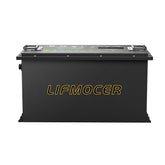

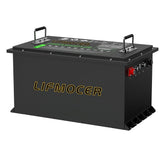

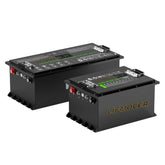

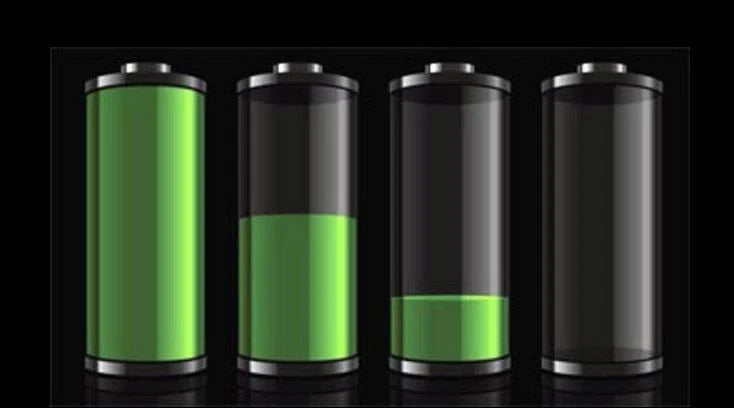





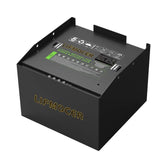

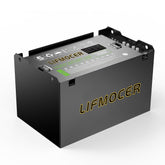

1 comment
I live in Nevada with summer heat up 120* can this stay in my outfit or not?